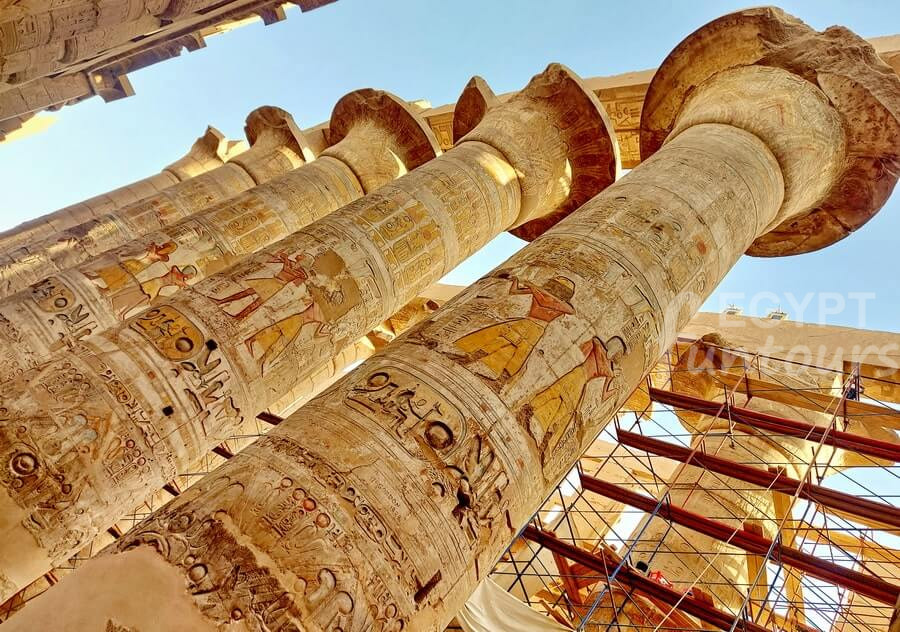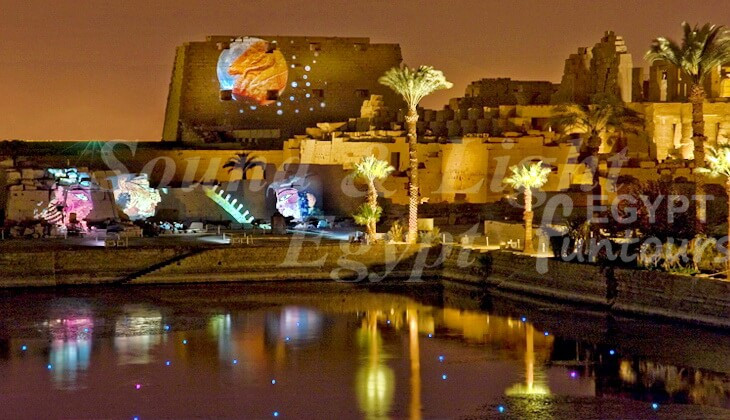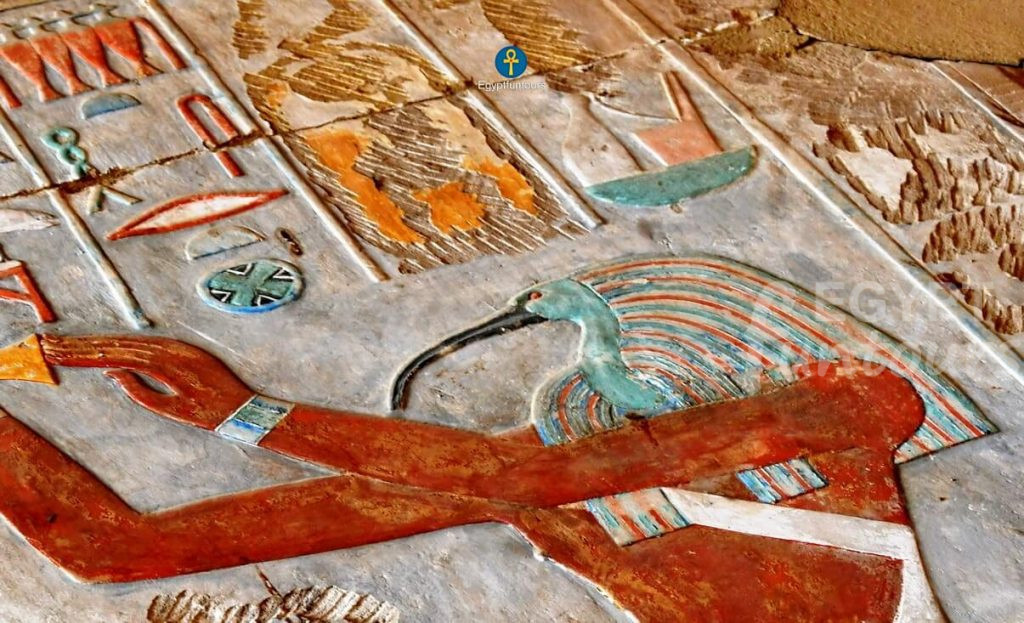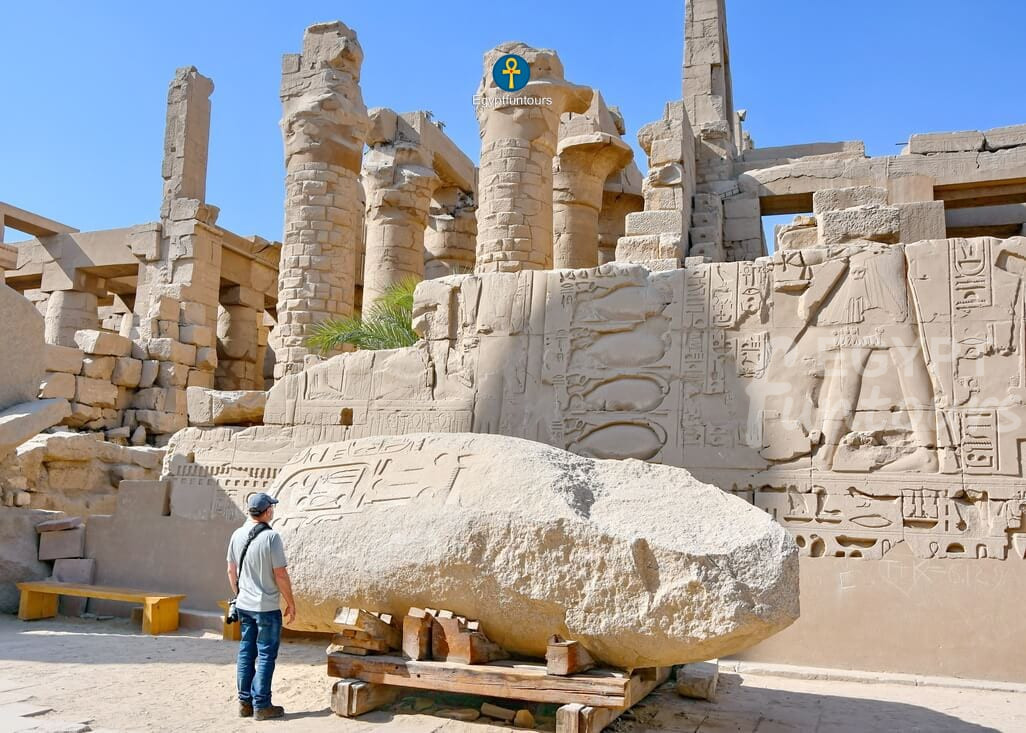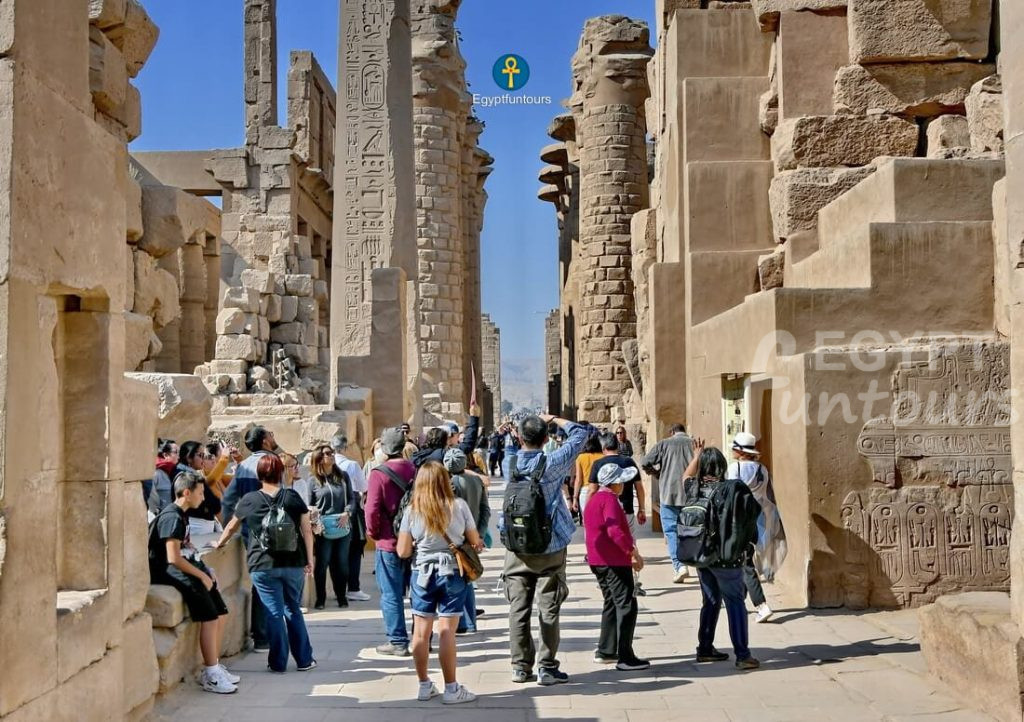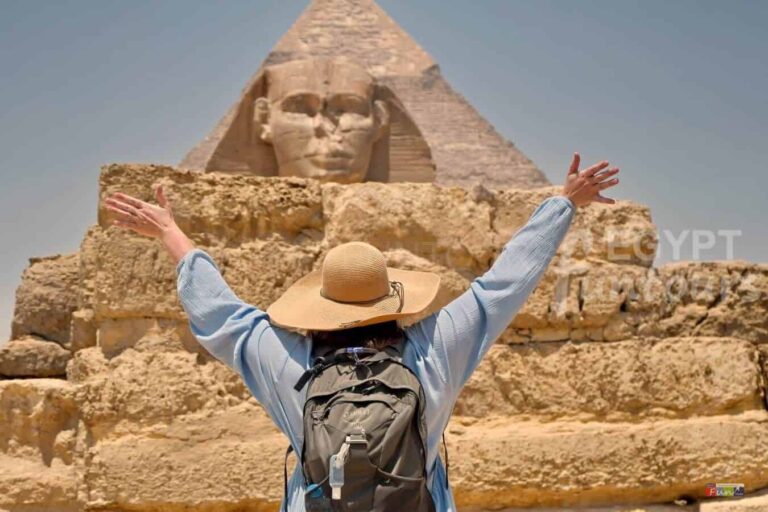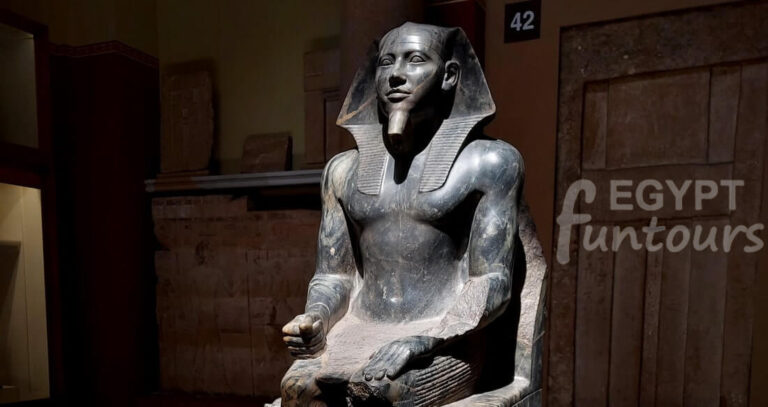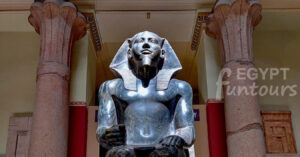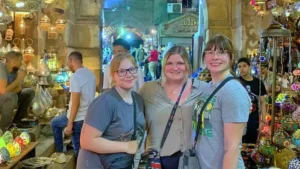Prepare to be humbled. This is not just a temple; it is a colossal city of temples, built and expanded by more than 30 pharaohs over an astonishing 2,000-year period.
Welcome to the Karnak Temple Complex.
Located in El-Karnak on Luxor’s East Bank (the “Land of the Living”), this UNESCO World Heritage site was the most sacred and important religious site in all of ancient Egypt. This was Ipet-Isut, “The Most Select of Places,” the “Vatican City” of its day and the power base for the god of gods, Amun-Ra.
It is, quite simply, the largest open-air museum and largest religious complex in the world. Its scale, history, and artistry are a testament to the power, wealth, and ambition of the pharaohs. As the second most-visited site in Egypt, it is an essential journey you will never forget.

